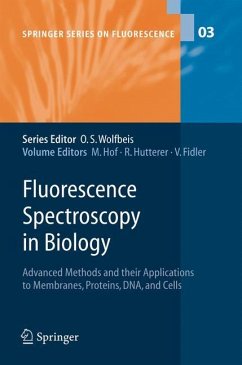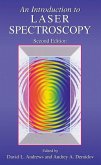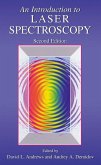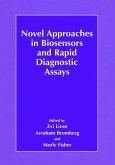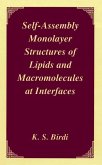Take any combination of the following features: supramolecular structures with a specific fluorescent probe localized as you would like; nanoscale spatial reso- tion; tailor-made molecular and/or solid-state fluorescing nanostructures; us- friendly and/or high- throughput fluorescence techniques; the ability to do wh- ever you wish with just one single (supra)molecule; utilization of non-linear optical processes; and,last but not least,physical understanding of the processes resu- ing in a (biological) functionality at the single molecule level. What you will then have is some recent progress in physics,chemistry,and the life sciences leading to the development of a new tool for research and application. This was amply demonstrated at the 8th Conference on Methods and Applications of Fluorescence: Probes,Imaging,and Spectroscopy held in Prague,the Czech Republic on August 24th 28th, 2003. This formed a crossroad of ideas from a variety of natural science and technical research fields and biomedical applications in particular. This volume the third book in the Springer-Verlag Series on Fluorescence reviews some of the most characteristic topics of the multidisciplinary area of fluorescence applications in life sciences either presendted directly at th 8th MAF Conference or considered to be a cruical development in the field. In the initial contribution in Part 1 Basics and Advanced Approaches,the - itors explain the basics of fluorescence and illustrate the relationship between some modern fluorescence techniques and classical approaches. The second contrigution by B.

